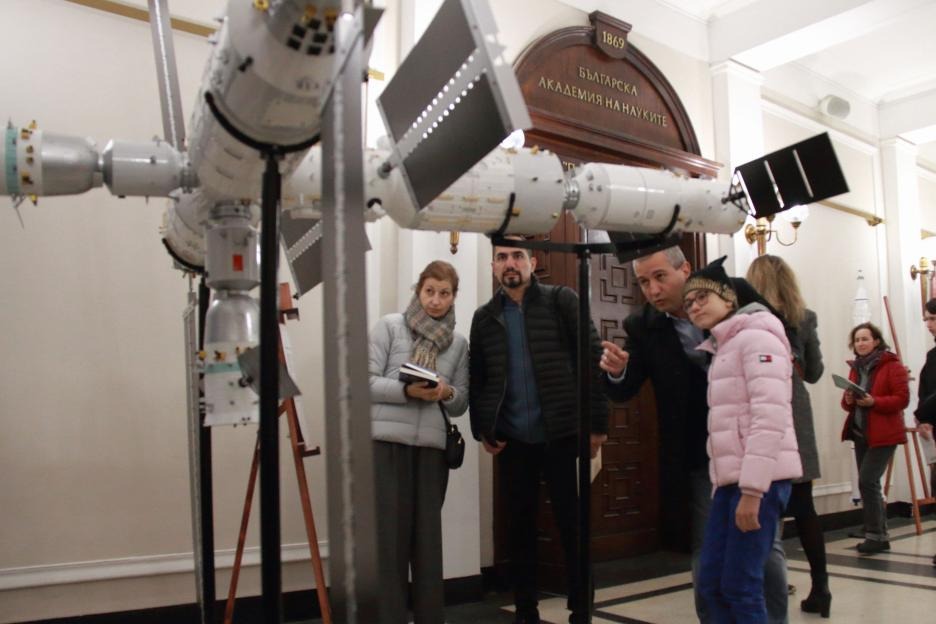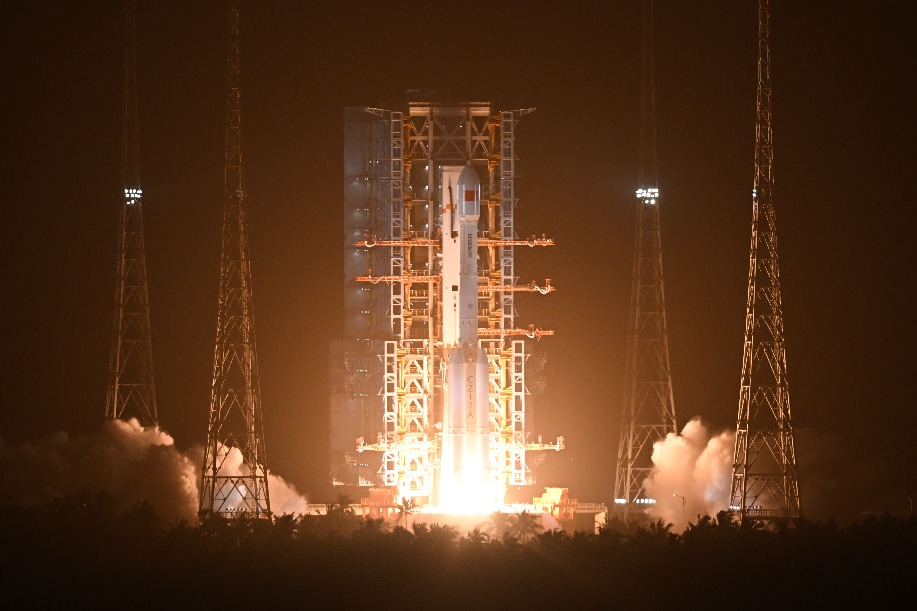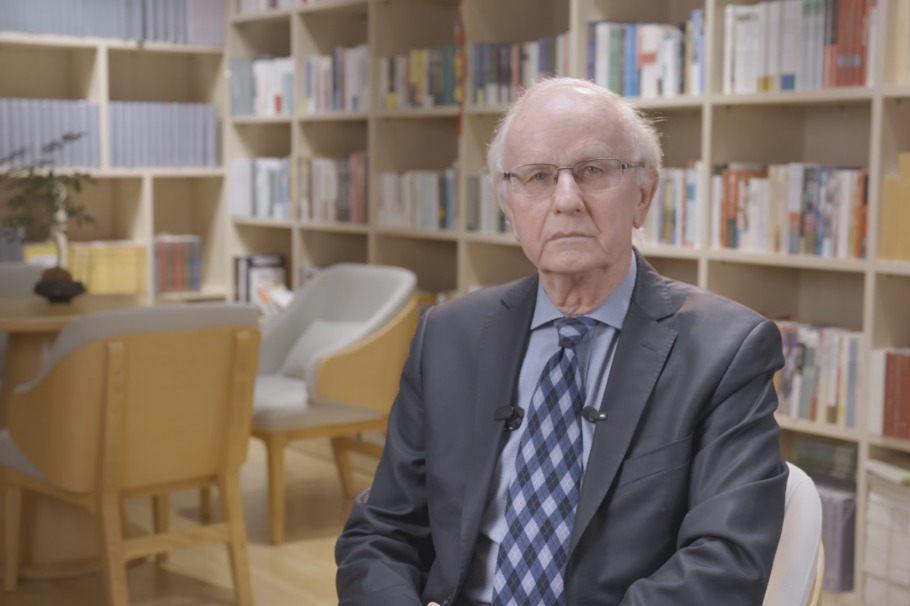Chinese scientists observe complex structure of solid hydrogen

BEIJING -- An international team led by Chinese scientists has achieved the world's first observation of the complex crystalline structure of solid hydrogen using X-ray nanoscale probes, revealing the most detailed architecture of solid hydrogen ever recorded.
The research paper was published in Nature on Wednesday.
Under standard conditions, hydrogen exists as a gas. At high pressures, it crystallizes into a solid form, yet its atomic arrangement under extreme compression was enigmatic until now.
"As pressure increases, hydrogen's crystalline structure becomes increasingly sophisticated," explained Ji Cheng, the lead author of the study and a researcher at the Center for High Pressure Science and Technology Advanced Research in Beijing.
In gaseous hydrogen, molecules disperse randomly. When pressurized to 5 GPa, hydrogen molecules align like halma to form solid hydrogen. At pressures between 212-245 GPa, a portion of hydrogen atoms arranges into honeycomb-like patterns, creating even more intricate configurations, according to Ji.
The new study captured hydrogen in a critical transitional state between its solid and metallic phases.
Metallic hydrogen possesses extraordinary energy density -- second only to nuclear energy. Understanding solid hydrogen is essential to unlocking metallic hydrogen, said Ho-kwang Mao, a high-pressure physicist and foreign academician of the Chinese Academy of Sciences.
Since Nobel laureate Eugene Wigner predicted the existence of metallic hydrogen under extreme compression in 1935, physicists have estimated its formation requires pressures approaching 500 GPa, which is equivalent to the force exerted by a jumbo jet balanced on the tip of a needle, Mao said.
The team overcame extraordinary technical challenges using diamond anvil cell technology. "We compressed hydrogen molecules between two ultra-sharp diamond tips. High-brightness X-rays penetrated the diamonds to interact with compressed hydrogen, effectively allowing us to photograph its atomic arrangement," Ji said.
Crystalline structure studies are the cornerstone of metallic hydrogen research, whose exotic properties are derived from unique atomic configurations, Mao noted. This work provides critical insights into the formation pathway and mechanisms of metallic hydrogen, he added.
- Employee sorry for leaking pop star's rehearsal clips
- Shanghai ready for 2025 version of E-sports Masters
- New 'eco-police' system to be set up by 2027
- Hebei cooperative's cabbage proving a hit across China
- Kunming rail accident spurs safety overhaul nationwide
- Embroidery proving major draw at bustling Guizhou market





































